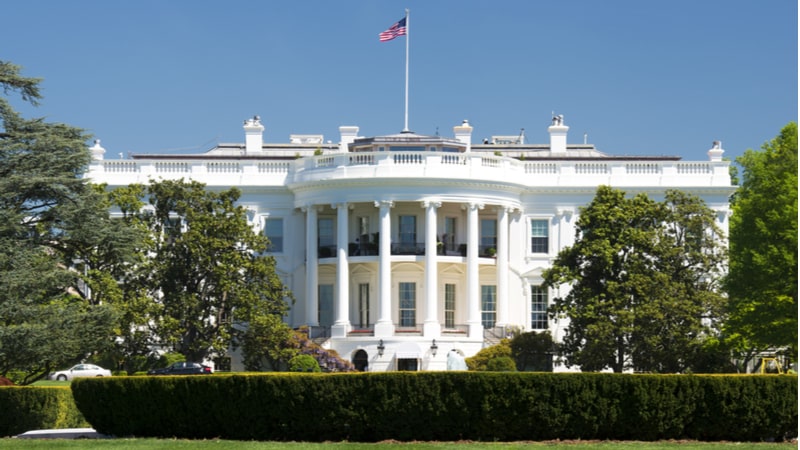
The Department of Defense (DoD) has delivered a mandated review to President Donald Trump outlining development pathways for his proposed Golden Dome missile defense system, with final plans expected to be released soon, according to a senior Pentagon official.
“The Secretary of Defense and other department leaders have engaged with the President, and the hope is that there will be an announcement soon certainly tied with the budget,” said Andrea Yaffe, acting principal deputy assistant secretary of defense for Space Policy, during a Senate Armed Services Subcommittee hearing on May 13.
President Trump signed an executive order on Jan. 27 directing the DoD to design a “next-generation missile defense shield” to counter what the order calls the “most catastrophic threat facing the United States” – hypersonic weapons and other advanced aerial systems.
Under the mandate, officials were instructed to assess existing missile defense programs and identify capability gaps, with the goal of integrating current systems and accelerating development of new technologies.
While details of the Pentagon’s report remain classified, Yaffe noted, “There was certainly a breadth of options looked at that tied the new and potential ways to accelerate developmental capabilities to get some demonstrations with the existing capabilities so that we can have an integrated layered system.”
Since the announcement of the Golden Dome initiative, defense leaders have increasingly focused on upgrading and expanding missile defense programs that could serve as a foundation for the new system – potentially accelerating its deployment.
“I don’t know what the Golden Dome will look like,” said Gen. Gregory M. Guillot, Commander of U.S. Northern Command and NORAD. “But I suspect that it would be able to use a lot of the systems that are already in place and currently in development, which would give us a full capability in probably something closer to zero to five years.”
One of the key technologies under consideration is the Missile Defense Agency’s Hypersonic and Ballistic Tracking Space Sensor (HBTSS) program, which has received $276 million in funding to date. Developed to detect and track hypersonic threats from space, HBTSS has completed two test launches aimed at validating its technical performance.
MDA, in coordination with the U.S. Space Force and Space Development Agency, is now integrating HBTSS-like capabilities into a broader warfighting space architecture. Future satellite “tranches” will help establish a full hypersonic tracking layer, a key component of the Golden Dome.
Despite the recent momentum on the project, not all lawmakers are convinced.
“The nature of my questions may appear to be critical. I’m certainly in favor of defending the homeland against missile attack, no question,” said Sen. Angus King, I-Maine. “My fundamental question is, is it feasible, given today’s technology and also the cost involved?”
In response, Yaffe pointed to the potential long-term tradeoffs, stating, “the financial outlays of missile defense and missile defeat today more than offset the exponentially greater costs that would be incurred by the lack of defenses in a potential conflict tomorrow.”
While the total Golden Dome budget remains unclear, the Trump administration has proposed a $25 billion down payment for the project as part of its $1.01 trillion fiscal year 2026 budget request. Much of this funding is expected to be directed toward developing the space-based systems necessary to bring the Golden Dome vision to life.
